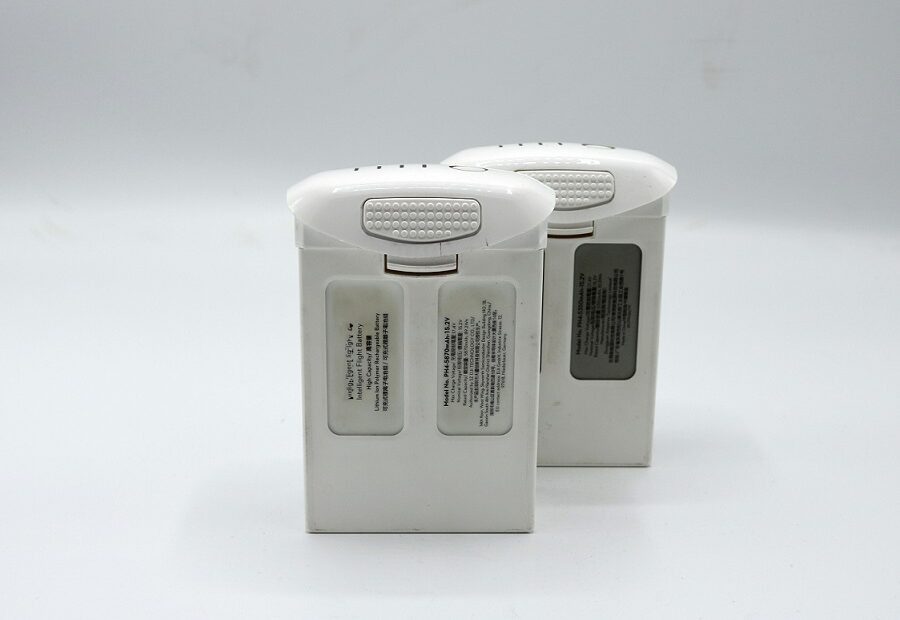Drones have become a ubiquitous sight in our skies, revolutionizing industries like delivery, agriculture, and search and rescue. But one thing continues to hold them back: battery life. Imagine a world where your delivery drone arrives silently, bearing your package after a flight measured in hours, not minutes. The future of drone technology hinges on advancements in battery technology, and the coming years promise breakthroughs that will change the game.
Pushing the Limits of Lithium-Ion
Lithium-ion batteries are the current workhorses of the drone industry. Researchers are constantly refining this technology, aiming to squeeze more juice out of each cell. This means:
- Higher Energy Density: Imagine packing more flight time into the same size battery. This is what increased energy density offers. Scientists are exploring new electrode materials like lithium-sulfur to achieve this.
- Faster Charging: No more waiting around for hours between flights. Developments in charging tech aim to slash recharge times significantly.
- Improved Safety: Lithium-ion batteries can be volatile. Advancements aim to make them more stable and less prone to thermal runaway (a fancy term for overheating and fire).
Beyond Lithium: Exploring New Horizons
While lithium-ion has served us well, researchers are also exploring alternative battery technologies:
- Solid-State Batteries: These ditch the flammable liquid electrolyte of lithium-ion batteries for a solid alternative. This could mean even higher energy density, faster charging, and superior safety.
- Metal-Air Batteries: These utilize readily available oxygen from the air to generate electricity, potentially offering a significant leap in range. However, technical hurdles remain.
A World of Possibilities
These advancements hold immense potential for the drone industry:
- Longer Flight Times: Delivery drones could reach farther flung locations, while search and rescue drones could stay airborne for extended periods.
- Increased Payload Capacity: With longer flight times comes the ability to carry heavier payloads, opening doors for new applications.
- Always-On Drones: Imagine self-charging drones that can land on designated pads to wirelessly refuel, enabling continuous operation.
The Greener Skies of Tomorrow
The environmental impact of our technologies is a growing concern. Thankfully, advancements in battery technology can contribute to a greener drone industry. Lithium-ion batteries themselves are becoming more recyclable, and alternative technologies like solid-state offer the potential for even more eco-friendly options. As we move forward, sustainable practices should be a major consideration in battery development for drones.
Optimizing Power: The Role of Battery Management Systems (BMS)
We haven’t mentioned the silent heroes: Battery Management Systems (BMS). These are the brains behind the battery, constantly monitoring factors like voltage, current, and temperature. An efficient BMS is crucial for optimizing battery performance, maximizing lifespan, and ensuring safety by preventing issues like overcharging or overheating. As battery technology evolves, BMS will also need to adapt and become even more sophisticated.
The Future Takes Flight: What’s Next?
The future of drone battery technology is brimming with possibilities. We can expect to see these innovations take flight in the coming years, transforming the way we utilize drones and pushing the boundaries of what’s possible in the skies above. What applications are you most excited about? Share your thoughts in the comments below and let’s discuss the future of drones together!
Taking Your Vlogs to New Heights: Top Drones for Vlogging in 2024
HOVERAir X1: Redefining Aerial Selfies or Just Another Hype Machine?

